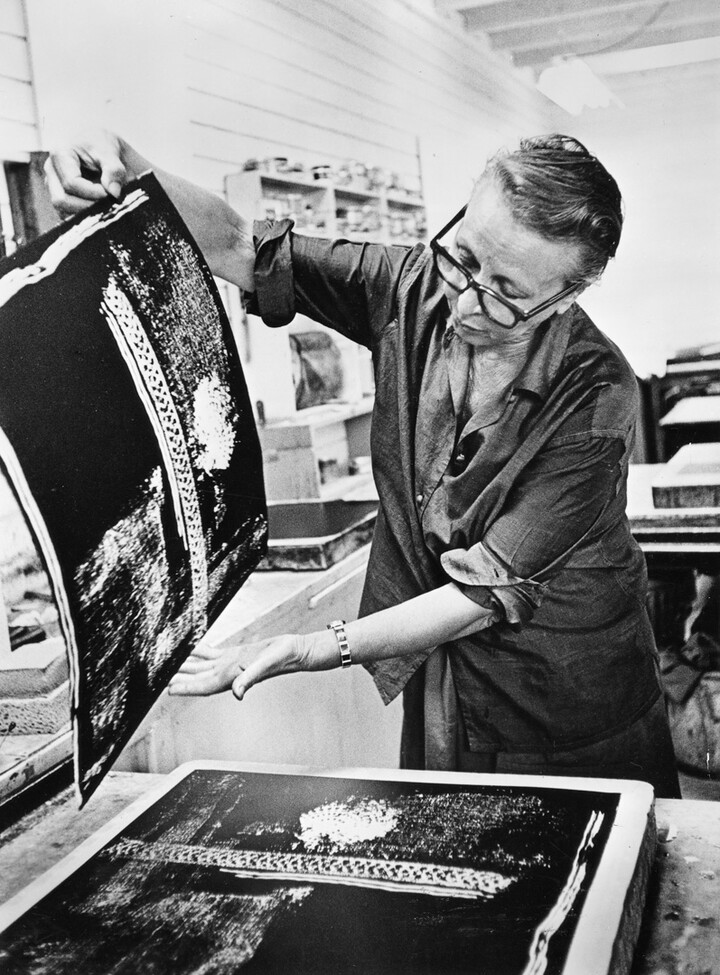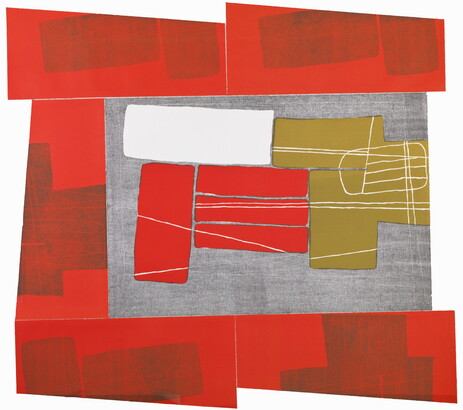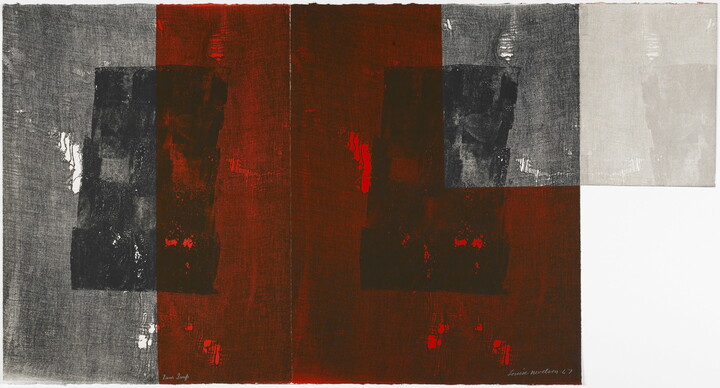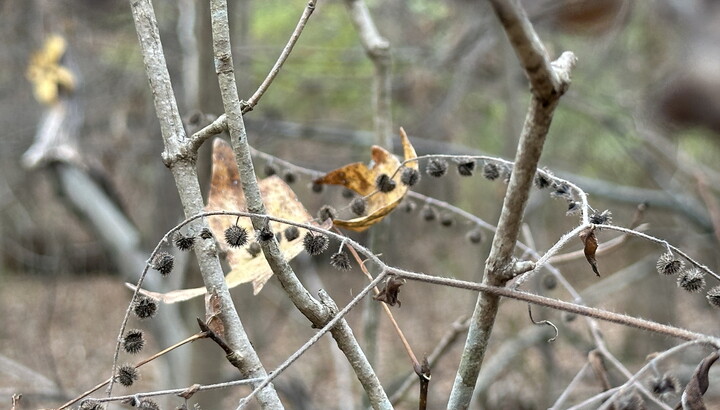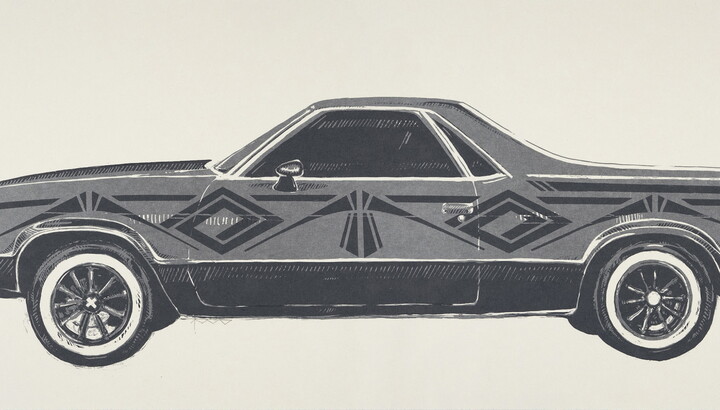The Carter Blog
Carter ARTicles
Louise Nevelson as printmaker
Oct 11, 2023
In 1962, the Museum of Modern Art in New York City elected Louise Nevelson as one of the artists to represent the United States at the Venice Biennale, a visual arts exhibition held bi-annually since 1895 in Venice, Italy, with artist representation from countries across the globe. Nevelson debuted her signature sculptural walls of stacked wooden crates, each filled with unique assemblages, and received international praise. However, the artist would return home to New York City to find herself in a debilitating legal dispute with Sidney Janis Gallery over the ownership of her unsold artworks. Deeply depressed by the situation, she stopped working for months. To buoy Nevelson’s spirits, her gallerist and friend, Martha Jackson, arranged for the artist to receive a three-month fellowship to June Wayne’s recently founded Tamarind Lithography Workshop in Los Angeles, California (now Tamarind Institute in Albuquerque, New Mexico). Wayne wanted to revive the fine art of lithography and established a collaborative workshop where artists like Nevelson could learn from master printers.
During May and June of 1963, Nevelson completed 26 editions of lithographs, more than any other artist had at the time. She collaborated with Tamarind’s stable of master printers, experimenting with different materials, colors, and the effect of tusche (lithography ink). Nevelson explored unconventional, untried methods to draw images on the lithographic stone. She created unusual textures by rubbing the stone with erasers or by running sheets through the printer with lace. In describing her artistic process, Nevelson once said that finding, touching, and repurposing everyday objects was a way for her “to understand this universe, to see the world clearer. I could only understand through working.”
Unlike most of her sculptures named with word combinations like Sky Cathedral, Sky Chapel, or Lunar Landscape, Nevelson left her lithographic prints untitled, allowing their abstract shapes and passages teeming with marks and textured surfaces to evoke various ideas and subjects. The critics responded so favorably to these works that the artist returned to working in three dimensions with renewed confidence. Inspired by the aesthetic breakthroughs she achieved in her 1963 Tamarind series, Nevelson devised new sculptural formats such as the wall-mounted series titled Diminishing Reflection, where she positioned miniaturized versions of her cubed walls under Plexiglas.
Intrigued by the opportunity to return to Tamarind, Nevelson accepted a second fellowship at the workshop in 1967. This time she made monumental-sized prints consisting of several irregularly shaped papers called “flaps,” which the artist applied to wet lithographs and ran through the press to create lightly blotted areas of color in grays and reds. As with her earlier 1963 lithographs, Nevelson incorporated fabrics into her process. Using cheesecloth for its meshy, transparent qualities, she created palpable grids on two-dimensional paper. Nevelson added another layer of imagery by drawing with a stylus, making white linear patterns that appear to float. Always concerned with evoking original visual effects through surface variabilities, Nevelson endlessly rearranged the modular units of her sculptures and applied this same assemblage sensibility to her 1967 Tamarind prints. The artist constantly reworked shapes and lines into different configurations, revealing her infinite variety of ideas.
Louise Nevelson's Tamarind prints
Slide Controls
Slides
You can see the artist’s remarkable Tamarind lithographs, many of which are in the Carter’s permanent collection, in the exhibition, The World Outside: Louise Nevelson at Midcentury, on view from August 27, 2023, through January 7, 2024. Wanting to challenge perceptions, Nevelson hoped viewers like you might look at aspects of the world differently after experiencing her prints and sculptures. Learn more about the artist’s prints, drawings, and sculptures in the catalogue, The World Outside: Louise Nevelson at Midcentury available at the Museum Shop.
